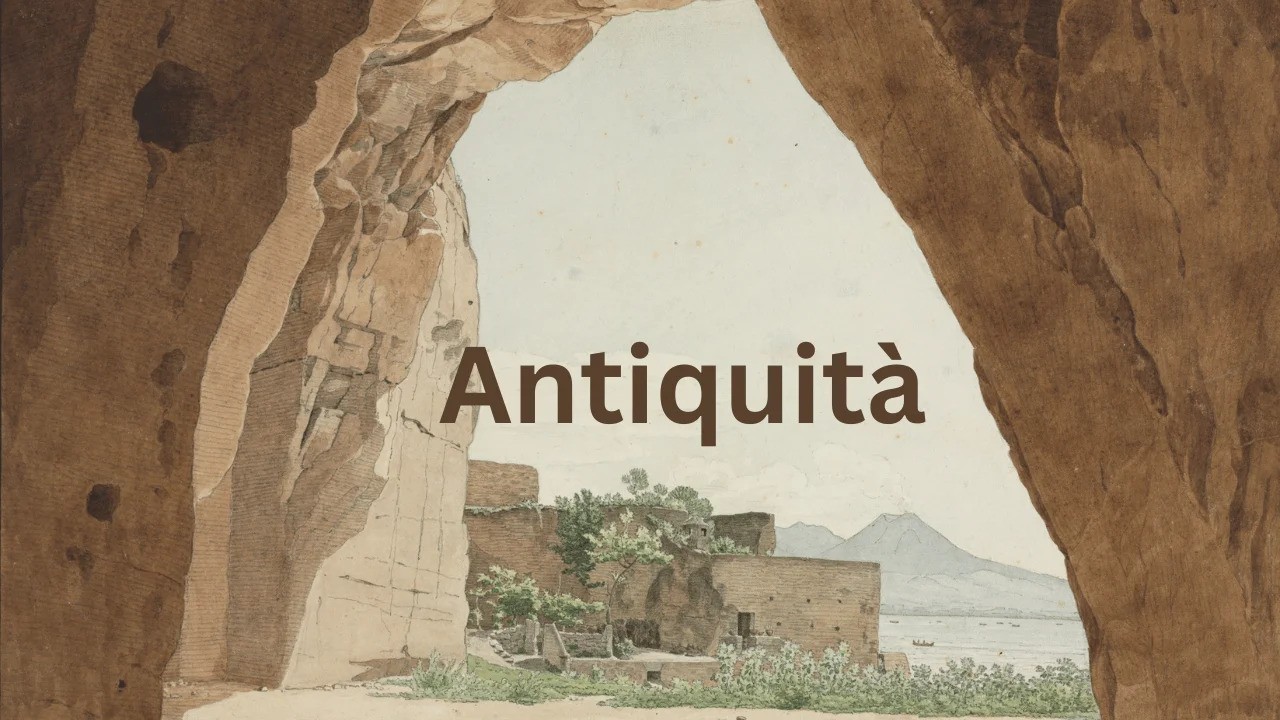In the realm of history and cultural exploration, the term antiquità holds a profound significance. Rooted in the Italian language, antiquità translates to Antiquitàin English encompassing a wide array of historical artifacts that provide invaluable insights into the civilizations of bygone eras. From the grandeur of ancient Rome to the ruins of Pompeii, the study of antiquità allows us to peel back the layers of time and gain a deeper understanding of human history, art, trade, and beliefs.
Artifacts as Time Capsules
Antiquità, in the form of artifacts, serve as tangible links to our past. These remnants of ancient civilizations are like time capsules that offer a glimpse into the daily lives, customs, and achievements of our ancestors. From pottery and ceramics to coins and architectural marvels, each artifact tells a unique story, contributing to the intricate tapestry of human history.
Art and Design Across Time
The study of antiquità also sheds light on the evolution of artistic styles and design principles over the ages. From the classical beauty of ancient Greek sculptures to the intricate mosaics of Roman villas, examining artistic expressions from different periods offers a fascinating journey through the changing tastes and influences that shaped human creativity. The significance of art in antiquity goes beyond mere aesthetics; it becomes a reflection of societal values, beliefs, and cultural exchange.
A Window to Trade and Economics
Among the many artifacts, coins stand out as indispensable tools for understanding the economic systems of ancient civilizations. Coins not only reveal the trade routes and economic interactions of the past but also provide insights into the political and cultural influences that shaped the design and issuance of currency. The study of numismatics, the collection and analysis of coins, plays a crucial role in deciphering the economic dynamics of antiquity.
Museums as Guardians of Antiquità
The preservation and exhibition of are pivotal in fostering our understanding of history. Museums serve as guardians of these treasures, carefully curating collections that allow visitors to connect with the past. Whether it’s the British Museum in London, the Louvre in Paris, or the Vatican Museums in Rome, these institutions play a vital role in making antiquità accessible to the public, contributing to education and cultural enrichment.
The Role of Antiquities in Understanding Beliefs and Rituals
Antiquità is not solely about artifacts it’s also a gateway to understanding the beliefs, rituals, and spiritual practices of ancient civilizations. From religious artifacts to sacred structures, the remnants of antiquity offer profound insights into the spiritual landscapes of diverse cultures. Exploring these aspects allows us to appreciate the diversity of human thought and the ways in which societies sought to connect with the divine. You also may like to know about technology-617-865-6557
Preservation Challenges and Conservation Efforts
The value of Antiquità is immeasurable, but so are the challenges associated with their preservation. Factors such as climate, pollution, and human intervention pose significant threats to these artifacts. Conservation efforts become paramount in ensuring that these remnants of our past are safeguarded for future generations. Advanced techniques and technologies, combined with the expertise of conservators, play a crucial role in mitigating the impact of time and external factors on antiquities.
Ancient Techniques and Modern Archaeology
The techniques employed by ancient civilizations in creating artifacts are as intriguing as the artifacts themselves. From pottery-making to metalwork, understanding the methods and materials used in antiquity provides valuable insights into technological advancements of the past. Modern archaeologists, armed with a combination of traditional excavation methods and cutting-edge technologies like ground-penetrating radar and 3D scanning, continue to uncover hidden treasures and expand our knowledge of antiquità. You also may like to know about tanzohub-platform
The Significance of Ruins in Unraveling History
Ruins stand as silent witnesses to the passage of time, telling tales of grandeur and decline. Exploring ancient ruins, whether it be the majestic Colosseum in Rome or the mystical temples of Angkor Wat in Cambodia, allows us to connect with the past on a visceral level. The architectural prowess of ancient civilizations, coupled with the stories embedded in the stones, offers a profound experience that transcends written records.
The Role of Historians in Unraveling Antiquità
Historians play a pivotal role in piecing together the puzzle of antiquity. Through meticulous research and analysis, they contribute to our understanding of the political, social, and cultural landscapes of ancient civilizations. By examining primary sources, deciphering ancient texts, and cross-referencing archaeological findings, historians create narratives that bridge the gap between the past and present.
Submitting to the Sands of Time The Conservation Imperative
The conservation of antiquities is a race against time. As artifacts face the constant threat of decay, it becomes imperative to implement effective conservation strategies. The ethical considerations surrounding the repatriation of artifacts to their countries of origin add another layer to the conversation. Striking a balance between cultural preservation and global accessibility is a challenge that museums, scholars, and governments grapple with in the quest to protect and share the wealth of antiquità.
Conclusion
In the realm of antiquità every artifact, every ruin, and every ancient city tells a story waiting to be unraveled. From the bustling streets of ancient Rome to the serene ruins of Pompeii, the study of antiquities allows us to traverse the corridors of time, gaining profound insights into the human experience. Whether through the delicate strokes of ancient pottery or the grandeur of architectural marvels beckons us to explore, learn, and appreciate the rich tapestry of our collective history. As we delve into the past, we not only preserve the legacies of ancient civilizations but also find new perspectives that enrich our understanding of the present and inspire us to shape the future.





















+ There are no comments
Add yours